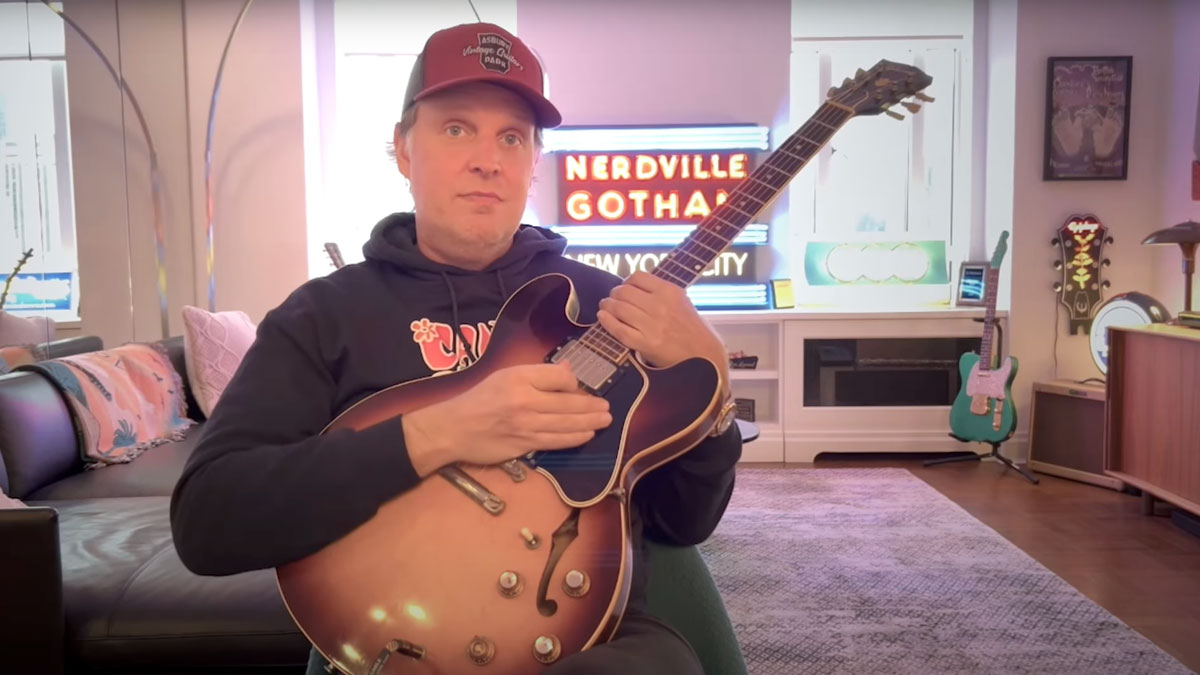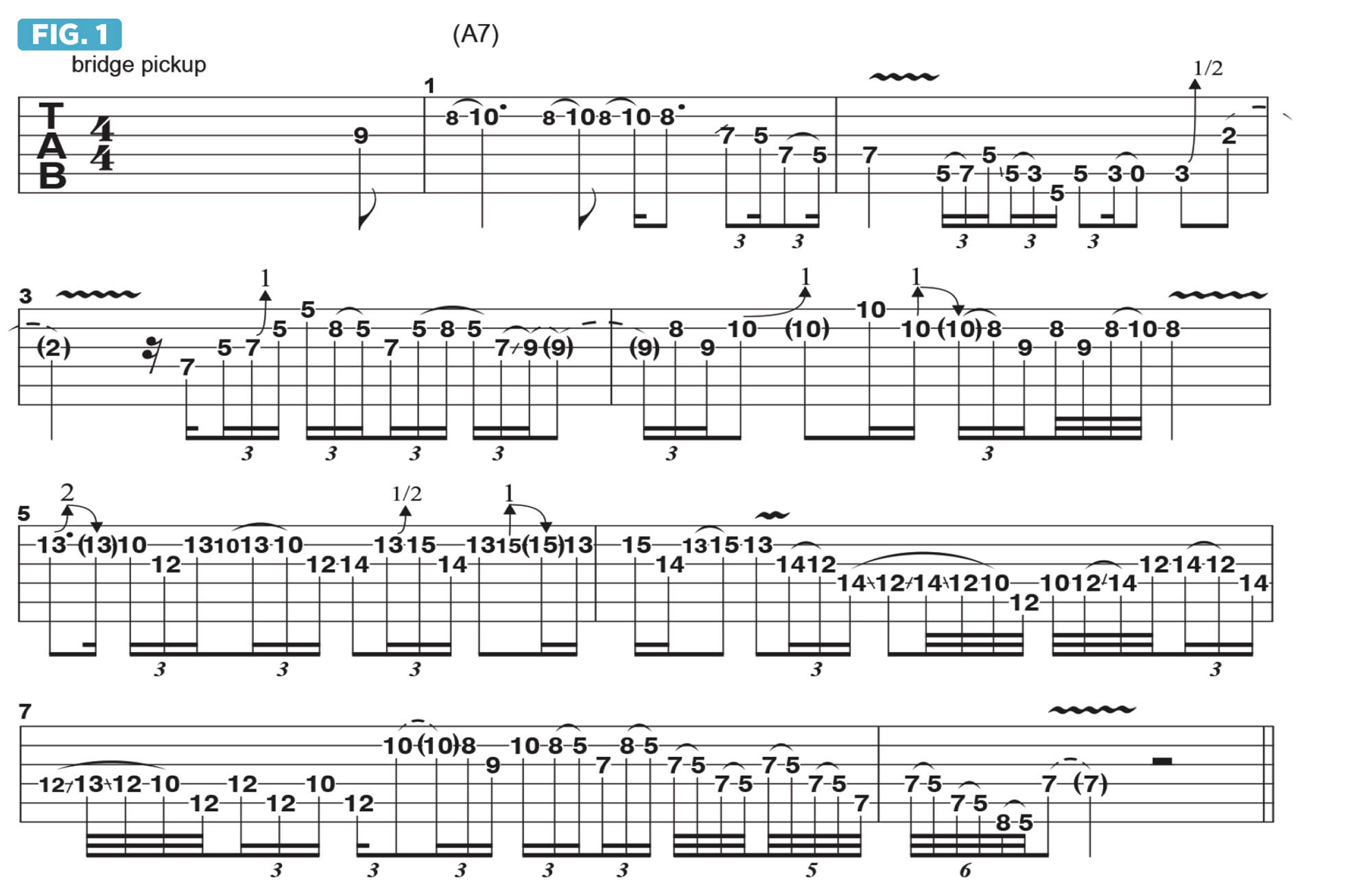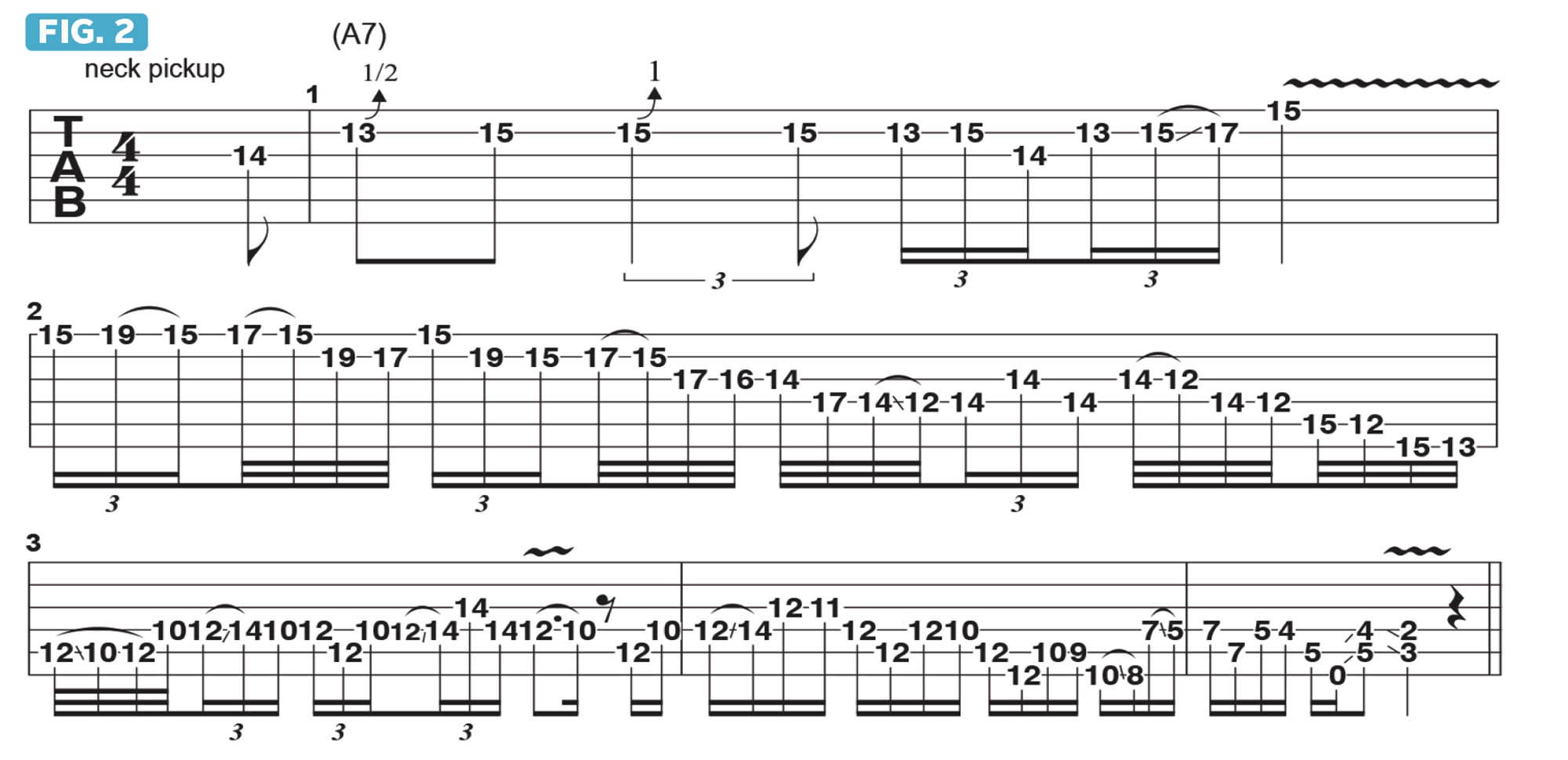
I recently initiated a series of columns dedicated to an examination and “test drive” of some of my favorite vintage electric guitars, beginning with a 1954 Gibson goldtop Les Paul with P-90 pickups.
This time, the instrument of choice is a sunburst Gibson 1961 ES-335, a semi-hollowbody with dot inlays on the fretboard. B.B. King played one of these electric guitars early in his career, so if it’s good enough for B.B., it’s good enough for me!
Sometime during mid 1962, Gibson switched from dot inlays to “block markers,” which are rectangular mother-of-pearl inlays, and changed the color of the instrument to cherry red.
These 335s are closely associated with Eric Clapton, as that instrument was one of his primary guitars during the Cream era. So let’s take a look at what makes this Gibson guitar unique.
The primary element that sets the 335 apart from any solidbody Gibson is that you can really hear the acoustic properties of its semi-hollow design through an amp. Let’s start on the bridge pickup, with Figure 1.

The licks here are based on the A minor pentatonic scale (A, C, D, E, G) and are played in 44 time, recalling Clapton’s approach on the Cream song Strange Brew. Notice that, even though I’m on the bridge pickup, the tone is still fat, while also delivering some high-end bite.
I begin in 8th position and immediately shift down to 5th, ending bar 2 in “open” position with the inclusion of the open A string. You’ll also hear Eric play similarly styled phrases on N.S.U. and Crossroads.
In bar 4, across beats 2-4, I switch to a phrase based on the 5th of A, E, with notes from the E minor pentatonic scale (E, G, A, B, D), and then resolve back to A minor pentatonic in bar 5, starting in 10th position then moving up to 13th.
The example ends with three position shifts, from 10th to 8th to 5th positions of A minor pentatonic, which is a technique I use often when soloing, to smoothly connect melodic ideas.

In Figure 2, I switch to my neck pickup, which produces a rounder, fuller and bassier tone. I begin with A minor pentatonic blues-type phrases, but by bar 2 I’ve switched to lines based on the A Dorian mode (A, B, C, D, E, F#, G), with wider stretches across beats 1-3. I then return to A minor pentatonic on beat 4 before switching back to A Dorian.

Figure 3 is performed with the toggle switch in the middle position, so that both pickups are on. This example is played in 128 meter, and if you’re listening to the sound, you’ll hear a great balance of the high and low ends that this guitar will produce.
I always consider what I think will be the best guitar to use for any given song. If I’m going to play a traditional blues, 99 percent of the time I’ll grab a 335 because it will give me the best sound for that application. And it’s fun to play!







